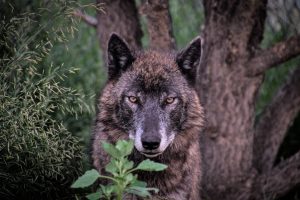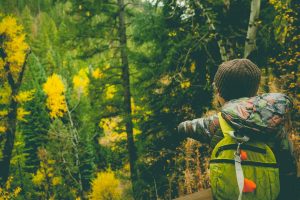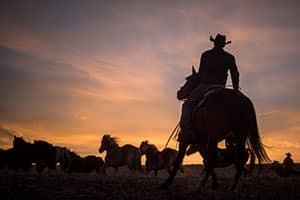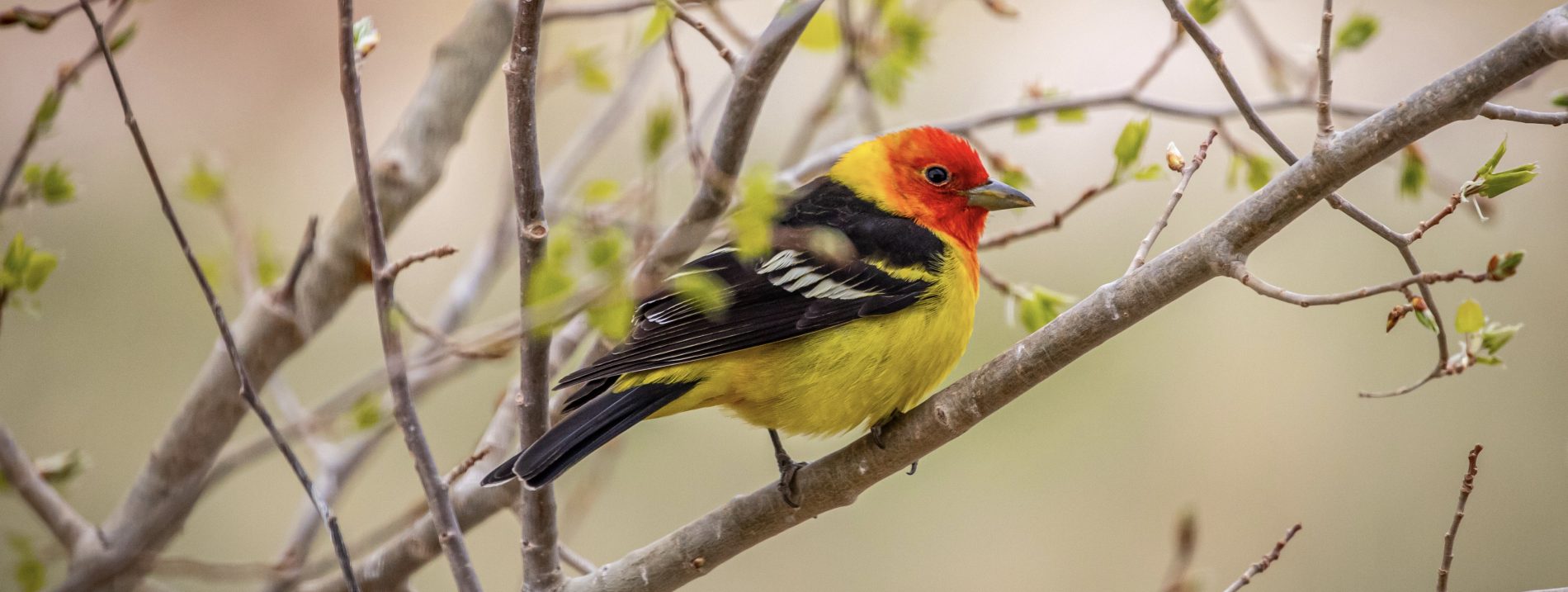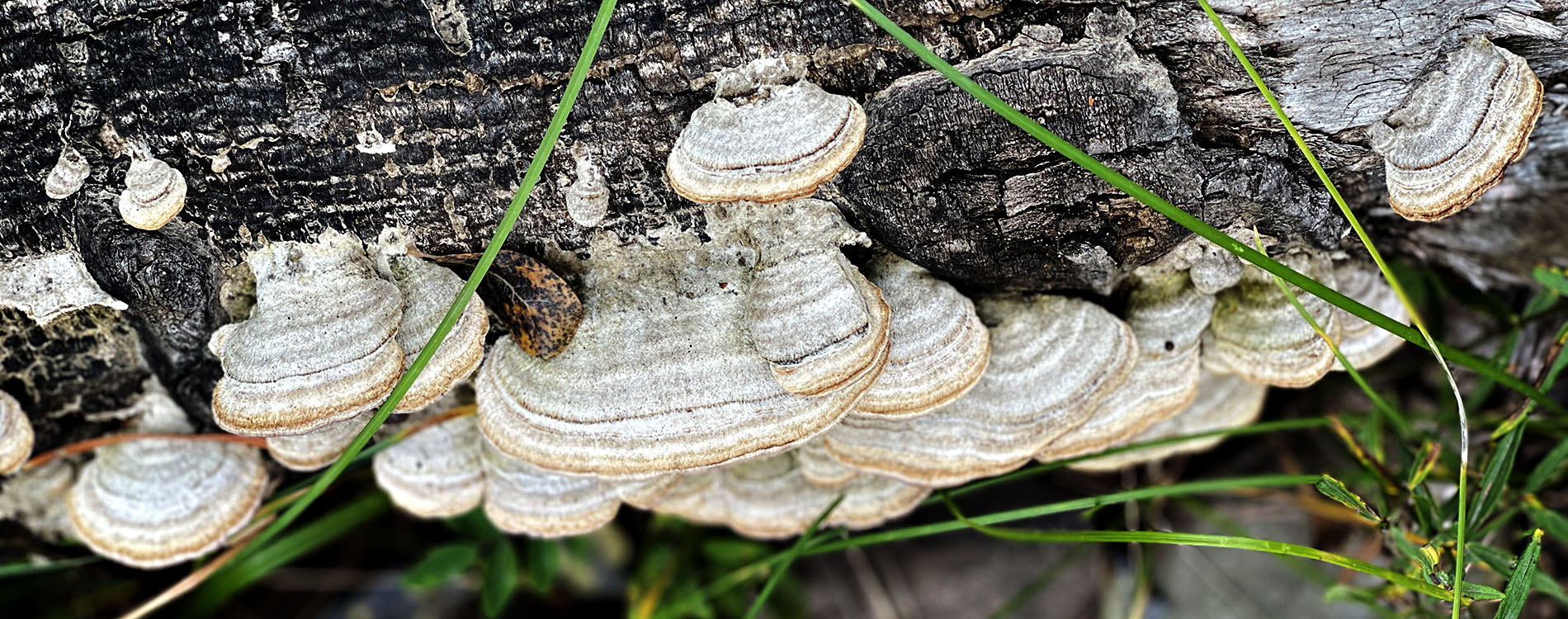With a diverse mix of grasslands, wetlands, and woodlands, Custer County offers numerous settings ideal for birding enthusiasts seeking a unique and rewarding experience. The Wet Mountain Valley attracts resident and migratory species throughout the year, making any time the right time to grab your trusty binoculars to see which feathered friends are hanging around.
Whether you’re here for the Arkansas Valley Audubon Society-sponsored Annual Bird Count or venturing out at another time, here is a taste of what you can expect to see in two highly popular birding areas.
Westcliffe
Around the town of Westcliffe, you’ll spot one or more of the hidden favorites listed below.
- Steller’s Jay: A true beauty with a blue body and an alluring charcoal head, one could spend an entire afternoon watching this jay. Known for a loud, harsh call, be on the lookout around picnic areas and feeders.
- Mountain Bluebird: Often in the conversation of the most stunning birds in the West, the male Mountain Bluebird is an eye-catching powder blue with long wings and a thin bill. This songbird is the sole bluebird found above 5,000 feet.
- Western Tanager: The breeding males have an orange-red head, black back, and spellbinding bright yellow body. The male’s song is short in the summer, with quick pauses and slurred whistles.
DeWeese is the place to be to spot a large number of sought-after species. Among them:
- Gadwalls: Quite large ducks, the males sport a puffy head with a primarily gray body with black toward the rear. Note the appealing bill on the female highlighted by an orange line. One will often see Gadwalls in small flocks or pairs.
- Western Grebes: These large grebes use an impressive neck in combination with a swordlike beak to spear larger fish.
- American Avocets: With long legs and a long and thin upturned beak, the American Avocet elevates the level of elegance at the reservoir. Utilizing the tips of their unique bills, they lean forward and feed on tiny bits of food close to the water’s surface.
- Killdeer: A white chest with two distinct black bands, a brown face with patches of black and white, and brown to tan feathers make the Killdeer a must-see. They are quite vocal and known for their high-pitched, two-syllable call.
St. Charles Trail and Spring Creek Trail
San Isabel National Forest’s St. Charles and Spring Creek trails, near Lake Isabel, are great places to search for three-toed woodpeckers and dusky grouse.
Hermit Pass Road
Hermit Pass Road slices into the Sangre de Cristo Wilderness, offering a tough walk or rougher ride in a high-clearance, four-wheel-drive vehicle. But the views and birding are worth the effort. You’ll find white-tailed ptarmigan, rosy-finches and possibly pine grosbeak as you approach and climb above tree line.

